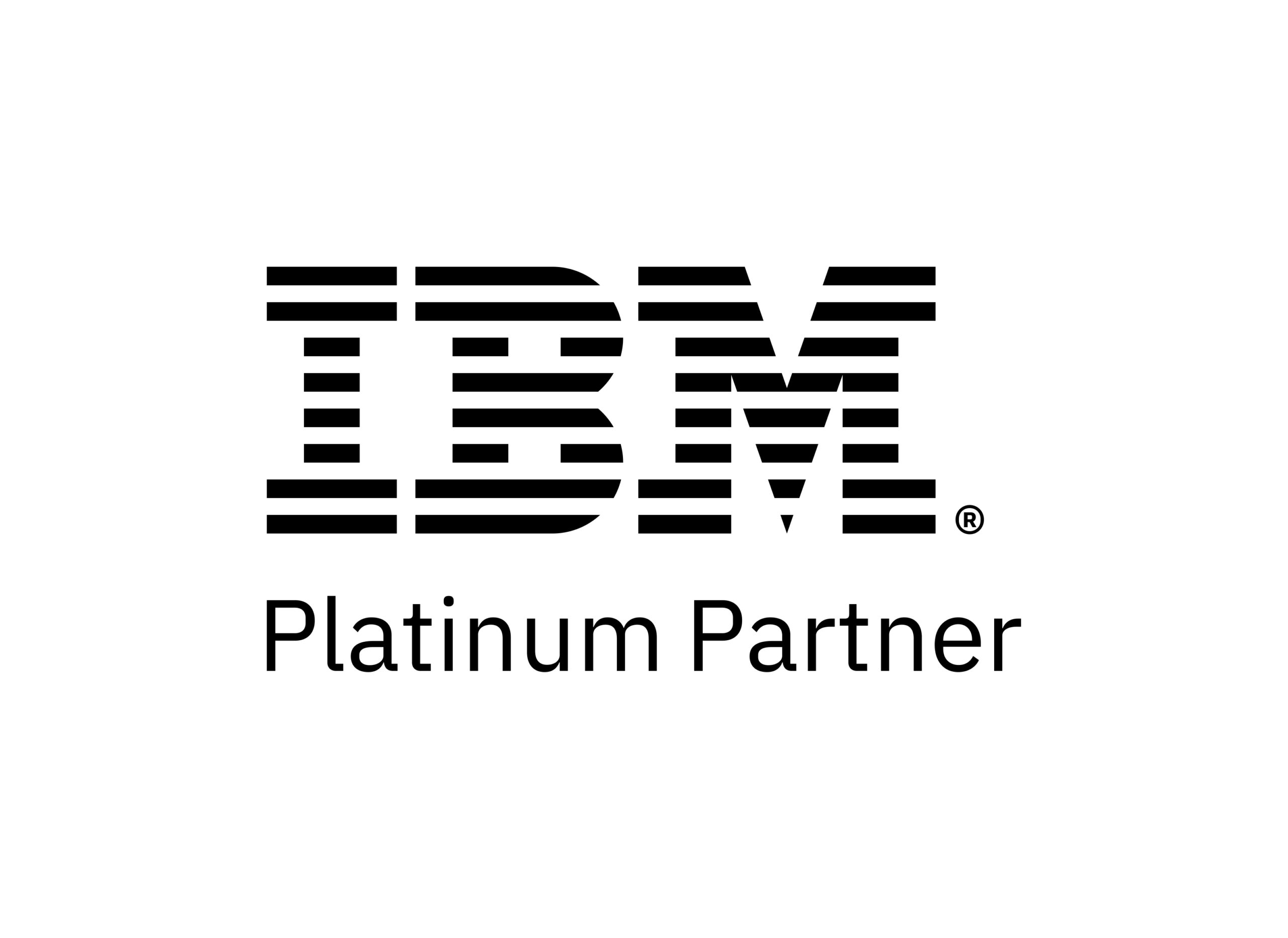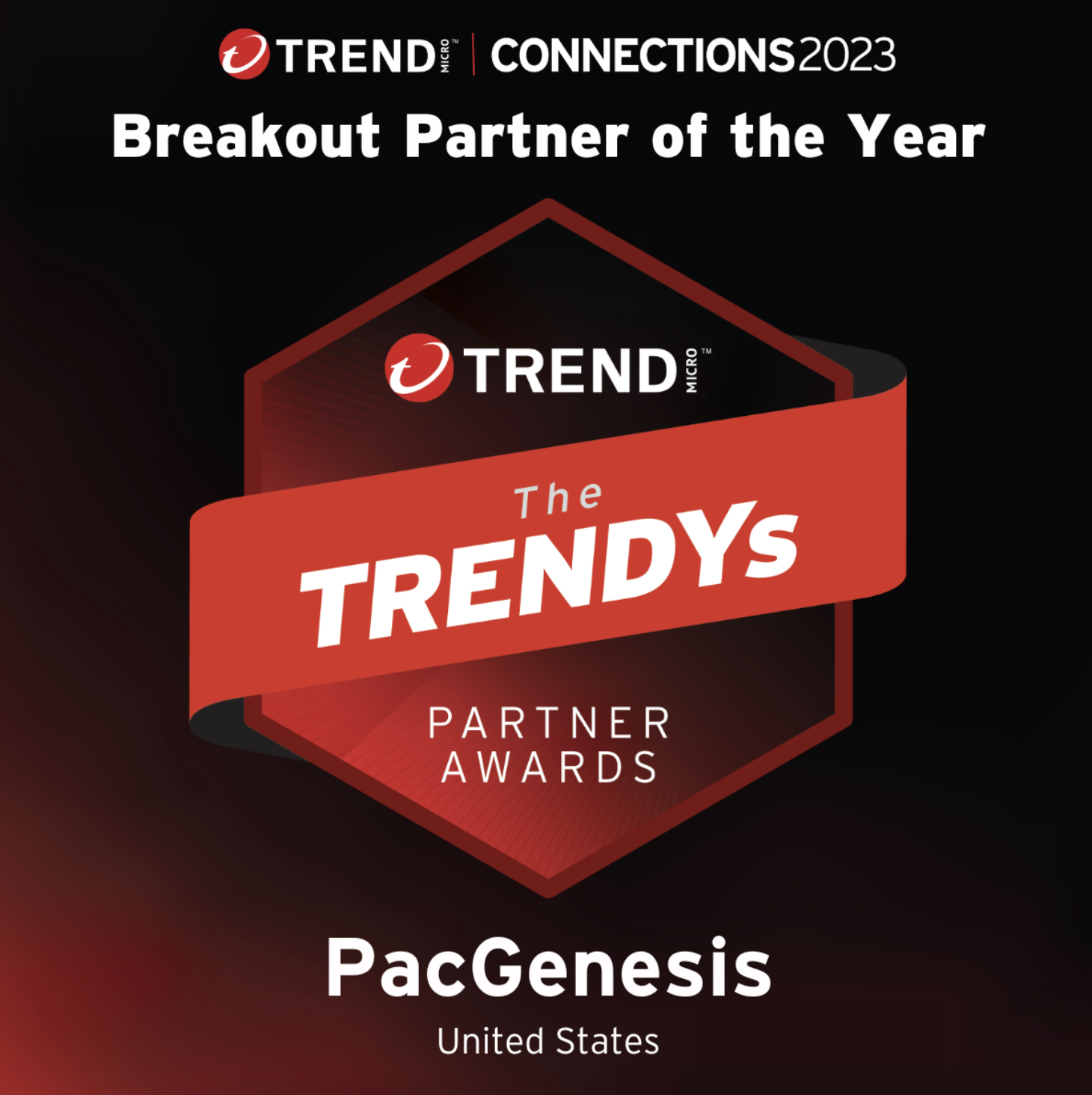Aspera vs Signiant vs FileCatalyst

Aspera vs Signiant vs FileCatalyst
Sections
Introduction
Every day, massive amounts of data are transmitted between businesses all around the world. Some analysts estimate that upwards of 2.5 exabytes of data are transmitted on the internet every day. By every account, we are in the midst of a data explosion, with around 4.6 billion internet users around the world found in 2018 in comparison to 3.8 billion just one year prior. What does this mean for businesses? As businesses evolve to meet the growing demands of today’s consumers, effective and efficient data transfer strategies and technologies are required. No longer can a business rely on sub-optimal data transfer technology or practices. In doing so, competitors in the space can compete offering your clients superior services that are more in line with what technology can provide today.
Advanced-Data Transfer Technology
With new data-transfer requirements, comes new opportunities and new technologies that businesses can offer to help support businesses with these new data transfer requirements.
Businesses like IBM Aspera, Signiant, and FileCatalyst have all stepped up to address this challenge by providing organizations with advanced file transfer technology. Each offering their unique take on providing a solution to this challenge.
IBM’s Aspera
IBM’s Aspera technology is going to be a great starting place when looking for a technologically advanced data transfer solution. Aspera is a leading file transfer technology that is developed on the principles of scale, speed, and flexibility. Aspera is designed with a patented file transfer technology known as FASP or Fast and Secure Protocol. This patented technology was developed to act as a better solution than TCP which was encountering challenges and bottlenecks for transferring large amounts of data around the world.
Built on a patented data transfer protocol IBM FASP, IBM Aspera can:
- transfer data up to 100s of times faster than FTP or HTTP
- can support up to 250 Mbps bitrate
- can share 100 TB of data per day
- be deployed locally or in the cloud supporting flexible hybrid-deployment capabilities
Designed for scale, speed, and flexibility, Aspera is a great solution for organizations of all sizes and all environments. Whether you’re looking for on-premises deployment or a solution that supports a hybrid-cloud environment, IBM Aspera is most likely going to fit your specific business needs.
Signiant
Signiant sits within the same data transfer space offering high-speed dependable data transfer solutions for organizations. Signiant rather than offering a unique patented protocol offers a solution that speeds up existing data transfer over a standard internet transmission speed. This process of speeding up the transfer of data is known as their UDP service, or User Datagram Protocol.
UDP Functionality
UDP, originally developed to send short messages over the internet, was quickly found to have the benefit of sending large data over great distances.
Signiant embedded functionality into UDP that is similar to TCP to Achieve the Following Benefits
- Flow control, managing the rate of how data is received
- Congestion control, to help preserve the network
- Reliability mechanisms, minimizing packet loss
All in all, UDP offers great benefits but is still built on the backbone and dependencies as TCP.
FileCatalyst
FileCatalyst is another file transfer solution that promotes extremely fast file transfer capabilities where data in transit is protected with the industry-standard AES-256 encryption protocol. Much like Signiant, FileCatalyst is built on the well known UDP protocol with some proprietary packet management to ensure they are minimizing data loss as files are transferred via their services.
FileCatalyst Features:
- Millions of Files architecture – FileCatalyst, supported by UDP transmission protocol, employs “N-File” technology, aiming to move massive files between endpoints including cloud endpoints.
- Transfer Growing Files – FileCatalyst has the ability to transfer MXF files while being encoded or generated speeding up the delivery of data as it is generated. (This is a new functionality to FC that the others have had for a few years)
Aspera, Signiant & FileCatalyst: Which to Choose and Why
As your business looks for a technology partner to support your data-transfer needs, ensure that you are choosing a partner that can get the job done right. Partnering with an organization such as Aspera that leads with both a uniquely patented transfer protocol in FASP and the rich 100 years plus history of IBM, will ensure that you are partnering with a technology-focused organization that is both innovative and dependable.
It’s IBM’s Aspera solution that provides organizations with:
- A patented data transmission protocol in FASP, rather than adding to a common transfer protocol
- Scales to businesses of any size and sector, fitting to your business needs
- Supports public cloud deployments as well as on-premises ensuring flexibility and configurability for your business
Next Steps
As you look for a trusted partner to provide an innovative yet dependable file transfer service consider IBM Aspera. And when you consider IBM Aspera, contact PacGenesis, the premier Gold-status partner of IBM. With over 10 years of experience in providing IBM solutions for clients who are looking to improve upon their data transfer capabilities, PacGenesis has become a trusted and dependable advisor for all things data transfer and data protection.
To learn more about PacGenesis, follow @PacGenesis on Facebook, Twitter, and LinkedIn, or go to www.pacgenesis.com.



